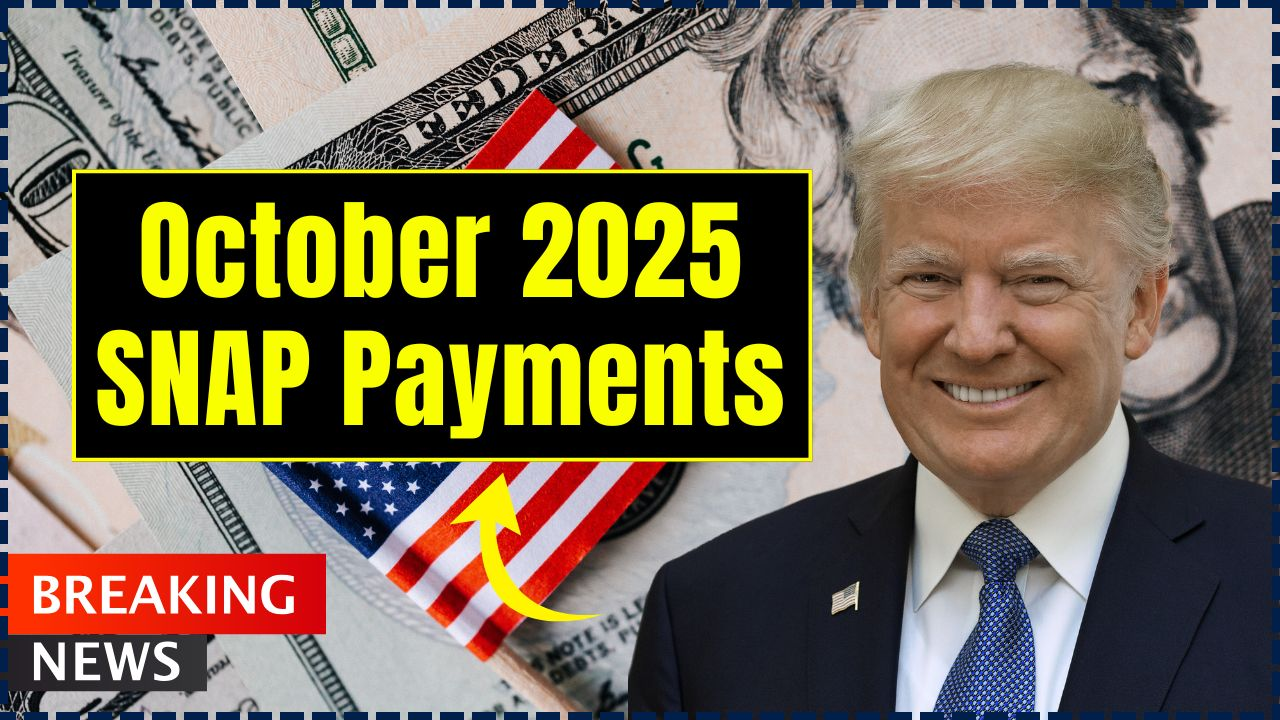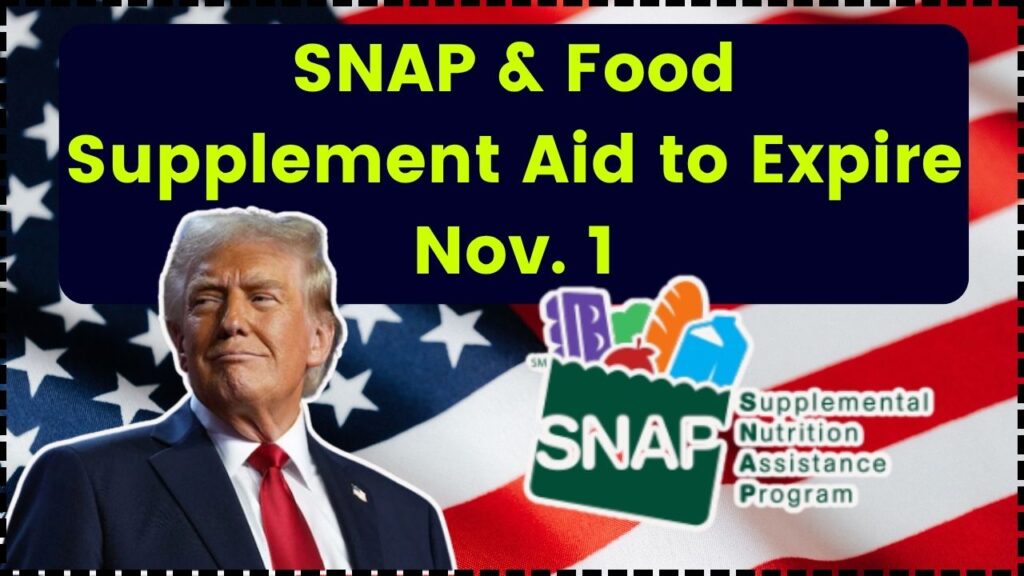
SNAP & Food Supplement Aid to Expire Nov. 1: Starting November 1, 2025, millions of American families who rely on SNAP (Supplemental Nutrition Assistance Program) and related food supplement aid will face a sudden stop in benefits due to an ongoing federal government shutdown. This pause affects about 42 million low-income Americans who depend on monthly food assistance to fill their pantries and refrigerators. For many, SNAP is not just a benefit; it’s a lifeline. If you or someone you know depends on SNAP, it’s critical to fully understand what’s happening, why it matters, and what you can do to prepare — because the impact will be immediate and significant.
This comprehensive article breaks down the SNAP benefit situation with detailed context, real stories, practical advice, and important statistics. Whether you’re a recipient, an advocate, a professional in social services, or simply concerned, this guide is designed to equip you with essential knowledge to navigate what’s ahead.
Table of Contents
SNAP & Food Supplement Aid to Expire Nov. 1
The SNAP benefit halt starting November 1, 2025, amid a federal government shutdown, represents a severe challenge for millions of Americans facing food insecurity. SNAP’s dual role as a nutrition safety net and an economic stabilizer underscores the urgency of restoring funding quickly. Families must plan, budget carefully, seek support from local resources, stay informed, and advocate for government action. Professionals in social services also have a critical role in supporting and guiding vulnerable communities. The combined strain of funding cuts, new eligibility rules, and the shutdown amplifies the threat to health and well-being, especially for children, seniors, and disabled individuals. Restoring SNAP funding is essential to prevent a humanitarian crisis, safeguard dignity, and uphold the promise of food security for all Americans.
| Item | Details |
|---|---|
| What is SNAP? | Federal food aid program for low-income households |
| Date Benefits Halt | November 1, 2025 |
| Number Affected | Approximately 42 million Americans |
| Reason for Halt | Federal government shutdown |
| State Responses | Some states using emergency funds; most suspending payments |
| Emergency Aid | Local food banks, DoorDash Emergency Food Response, nonprofits |
| Advice | Budget current benefits, stockpile shelf-stable foods, seek help locally |
| Sources | USDA SNAP Official |
What Is SNAP and Why Does SNAP & Food Supplement Aid to Expire Nov. 1 Matter?
SNAP is the largest nutrition assistance program administered by the federal government, formerly known as “food stamps.” In fiscal year 2024, it served an average of 41.7 million individuals per month and represented about 70% of USDA nutrition assistance spending, with over $99 billion spent. Benefits average about $187 per person monthly, helping low-income families reduce food insecurity by providing critical funds for groceries.
The program serves a diverse population: adults aged 18-59 make up roughly 42%, children 39%, and seniors and disabled adults 19%. About 28% of SNAP households have earned income, reflecting that many recipients are working families who still face poverty. Evidence shows SNAP reduces food insecurity by 17-33% depending on the study, supports better nutrition, and even improves health outcomes for children and adults.
Economically, SNAP benefits generate a multiplier effect — every dollar spent on SNAP generates an estimated $1.54 to $1.79 in local economic activity. This boosts grocery stores, farmers markets, and small businesses while creating thousands of jobs nationwide. In this way, SNAP is a vital tool not only for hunger relief but also for economic stability.
Why SNAP & Food Supplement Aid to Expire Nov. 1?
The pending suspension results from a federal government shutdown beginning October 1, 2025, caused by Congressional failure to pass a budget. Without approved funding, federal agencies lack the authority to finance programs including SNAP beyond October.
Despite bipartisan acknowledgment of SNAP’s importance, political deadlock around budget priorities has left the program unfunded for November and beyond. The USDA has instructed states to stop issuing benefit allotments starting November 1 due to insufficient federal funds.
This shutdown comes at a critical time, with many families already struggling due to inflation and cost-of-living increases. The pause in SNAP assistance means that millions face immediate risks of hunger and financial hardship.
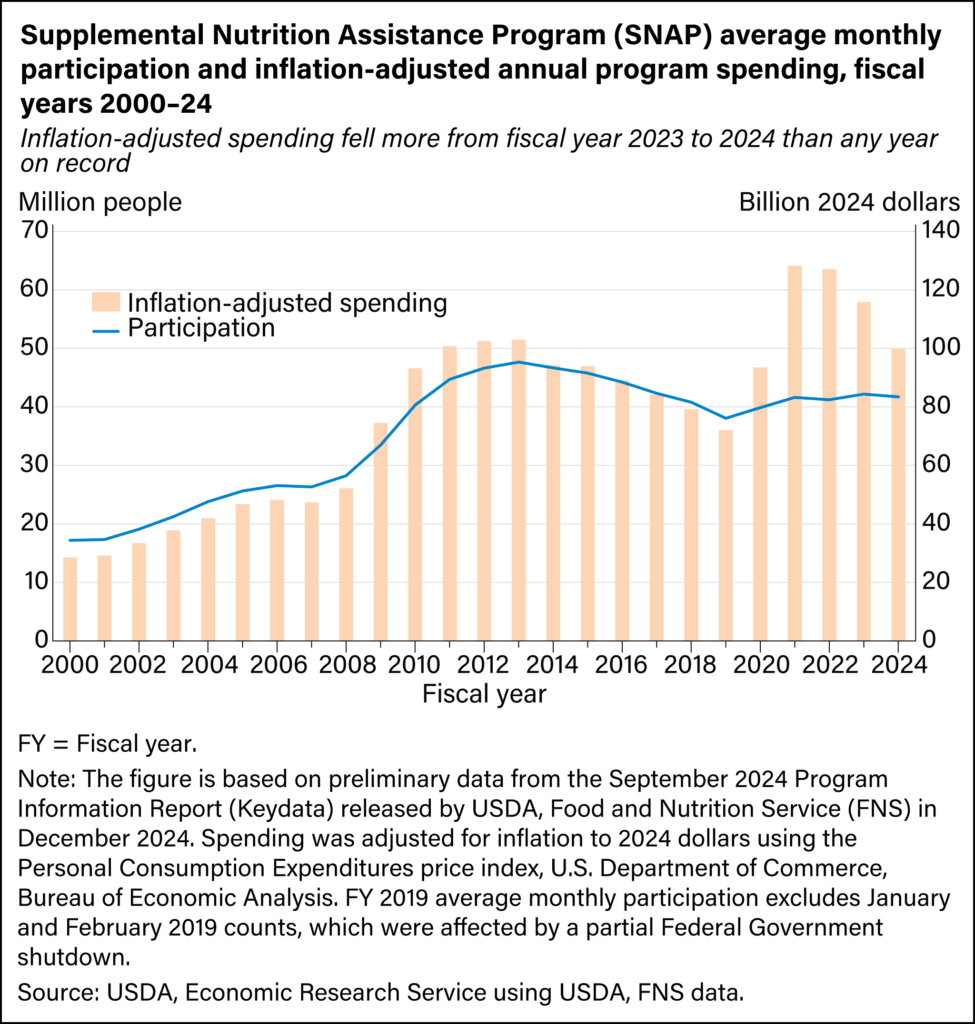
Real Families, Real Impact
The impending benefit cutoff is not just numbers on a page; it’s real people’s lives impacted daily. Maria, a single mom from Ohio, shares, “SNAP helps me feed my kids healthy meals when money is tight. Without it, I don’t know how we’ll manage.” Similarly, James, a disabled veteran from Georgia, depends on SNAP to supplement fixed income and avoid food insecurity. These stories echo nationwide, highlighting SNAP’s role as a crucial shield against hunger.
Affected families often make impossible choices — choosing food over medicine or electricity — and the benefit halt will only deepen those struggles. Community leaders and advocates worry about the increased strain on emergency food providers and social services.
What Does SNAP & Food Supplement Aid to Expire Nov. 1 Mean for Families?
- October benefits remain available: Any funds loaded onto your EBT card for October can still be used through the card’s expiration date.
- No new SNAP benefits for November: Unless the shutdown ends, no new benefits will be issued starting November 1.
- State variations: Some states may use emergency funds or state reserves to provide partial or temporary relief; however, most states plan to pause SNAP payments.
- Increased food insecurity: Rising hunger and malnutrition risk as families lose a significant portion of their food budget.
- Greater community reliance: Food banks, pantries, and nonprofits will likely face higher demand but limited resources.
- Other household expenses: Families already juggling rent, utilities, and healthcare will face even more difficult trade-offs.
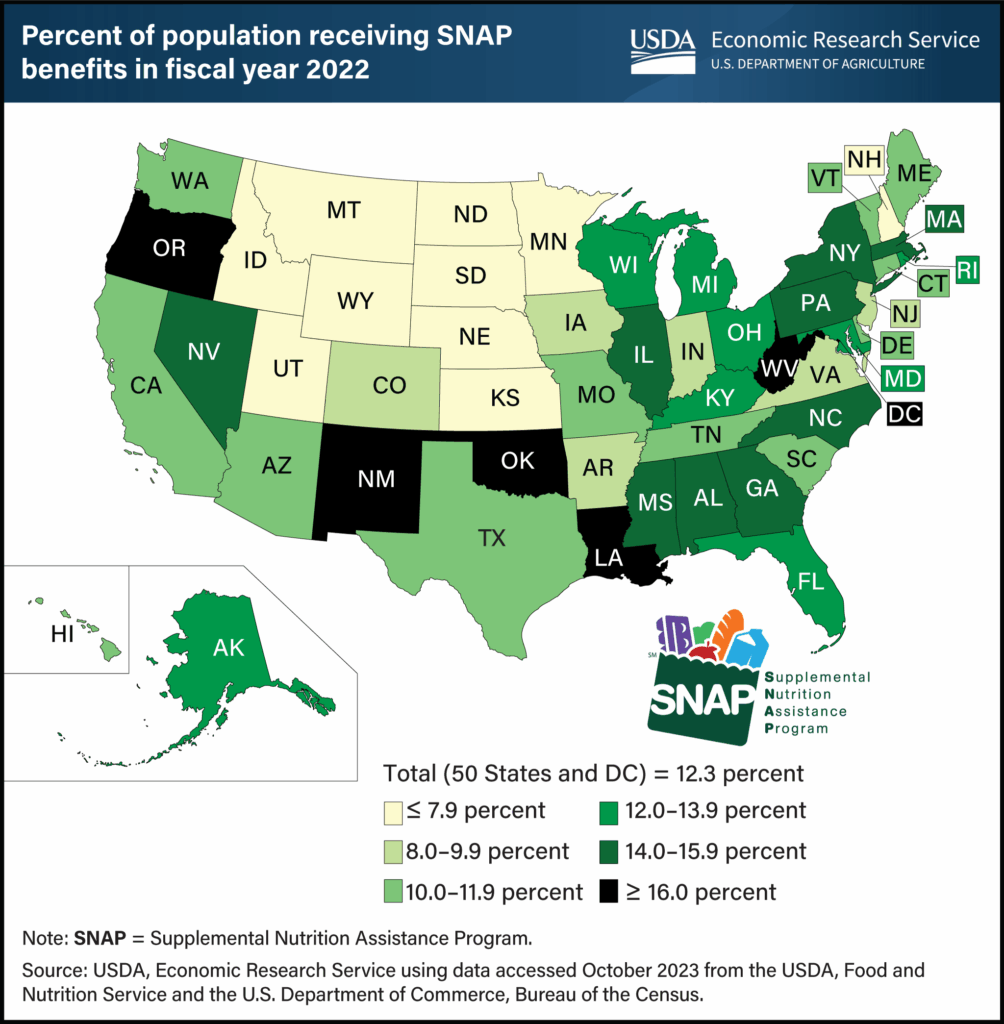
Vulnerable Populations at Risk
Children, seniors, disabled individuals, and working families with low incomes are especially vulnerable in this crisis. Studies show roughly 12 million children receive SNAP aid, which plays a significant role in ensuring they receive enough nutritious food to grow, learn, and thrive.
Seniors, many on fixed incomes, rely heavily on SNAP for dietary needs that support health and independence. Any interruption disproportionately affects those with chronic illnesses or mobility issues. Advocates warn that the shutdown and halted benefits will exacerbate food insecurity-related health problems and educational disparities in children.
The Larger Economic and Policy Context
The SNAP program is both a critical safety net and an economic stimulus. Research shows an increase in SNAP funding not only reduces poverty and improves food security but also generates substantial economic activity and jobs. For every billion dollars spent on SNAP, over a billion dollars circulate through local economies, supporting grocery stores, farmers, and other businesses.
The recently passed One Big Beautiful Bill Act (OBBBA) of 2025 has altered SNAP by introducing stricter eligibility rules and shifting some funding responsibilities onto states. This structural change, combined with the budget impasse triggering the shutdown, places additional strain on the program and puts millions at risk of losing benefits permanently or temporarily.
Furthermore, new work requirements starting November 1 may reduce eligibility for adults without dependents, risking cuts to another 2.4 million people. This overlay of changing rules and funding interruptions creates a perfect storm impacting millions just as the holiday season approaches.
Emergency Food Aid and Local Support Efforts
With SNAP benefits frozen, the safety net partly falls to local food banks, pantries, and meal delivery programs like DoorDash Project DASH, which prioritizes SNAP households needing immediate food assistance. However, these programs face capacity and funding challenges as demand surges.
Community programs also provide supplemental nutrition programs, but they cannot fully replace SNAP’s reach and reliability. Donations, volunteerism, and state emergency funds are critical lifelines during this period.
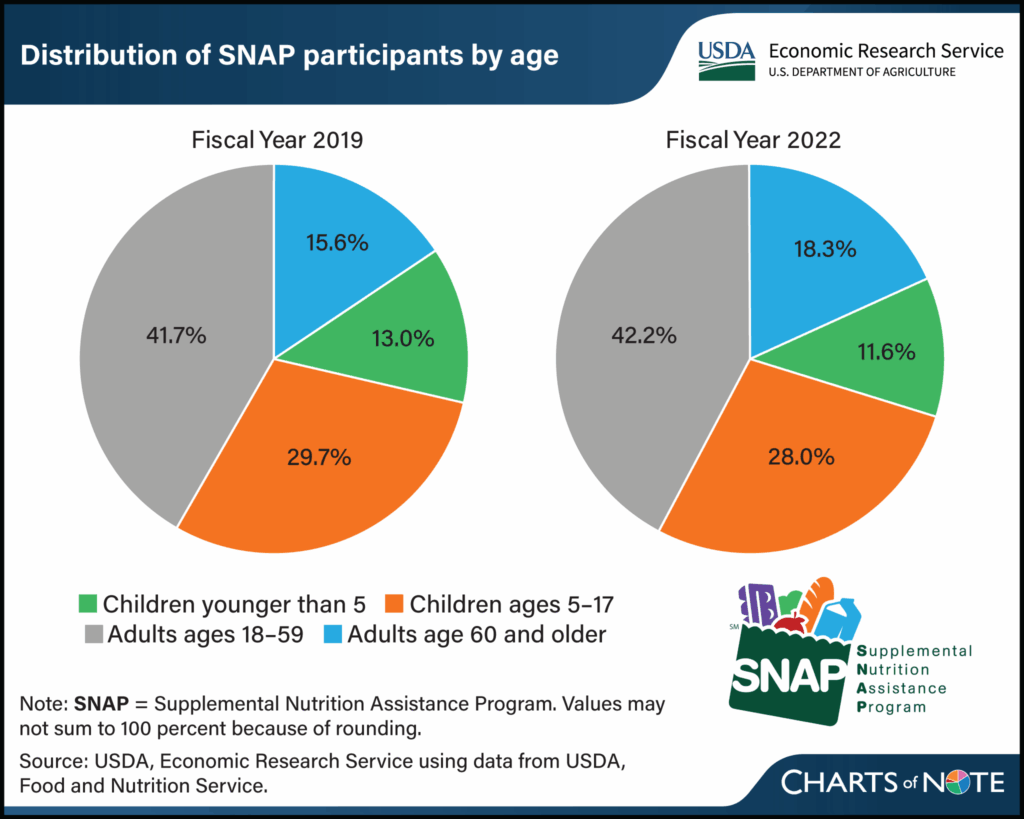
How Professionals Can Help
Social workers, healthcare providers, community organizers, and policy advocates are doing intensive outreach to support families:
- Assisting recipients in budgeting and navigating reduced benefits.
- Connecting households to emergency food resources and local help.
- Advocating for policy solutions and expedited reopening of federal funding.
- Providing emotional and social support to families facing uncertainty.
Their role is essential in mitigating impact and guiding families through the complex landscape of aid changes.
Practical Tips: How to Prepare for SNAP Benefit Interruptions
1. Budget Benefits Wisely
Keep track of your current EBT balance online or with mobile apps. Prioritize purchasing high-nutrition essentials. Clip coupons, use apps for deals, and shop sales to maximize value.
2. Stockpile Nonperishable Items
Plan ahead by buying shelf-stable foods: canned vegetables, beans, rice, pasta, peanut butter, oats, and frozen items. Use your freezer to extend the shelf life. Avoid perishable foods that might spoil before consumption.
3. Tap Into Local Resources
Find community food banks, pantries, and meal programs. Many churches and nonprofits provide free groceries or meals. Websites like AmpleHarvest.org and foodpantries.org offer searchable databases for local help.
4. Keep Updated
Stay in touch with your state SNAP office or caseworker. Sign up for newsletters or alerts for the latest policy or funding news.
5. Advocate for Yourself and Others
Contact your elected officials by phone, email, or social media. Let them know how vital SNAP is for families and urge them to end the shutdown and restore funding.
6. Explore Supplemental Assistance
Look into additional programs: WIC for mothers and children, TANF for temporary financial aid, Medicaid for healthcare support, and local housing assistance programs.
Useful Digital Tools
- ConnectEBT app or your state’s food assistance portal for balance and updates.
- AmpleHarvest.org and foodpantries.org for finding local food assistance.
- CouponMom.com and grocery store apps for deals and budgeting.
- 211.org for multiple social service referrals in your area.
These tools help monitor available benefits and connect families to critical services.
November 2025 SNAP Payment Dates Released — Check When Your Benefits Arrive
USDA Warns SNAP Benefits Could Run Out in November Amid Shutdown Concerns
Millions of Californians Could Lose CalFresh Benefits as Major Rule Changes Loom: Check Details





